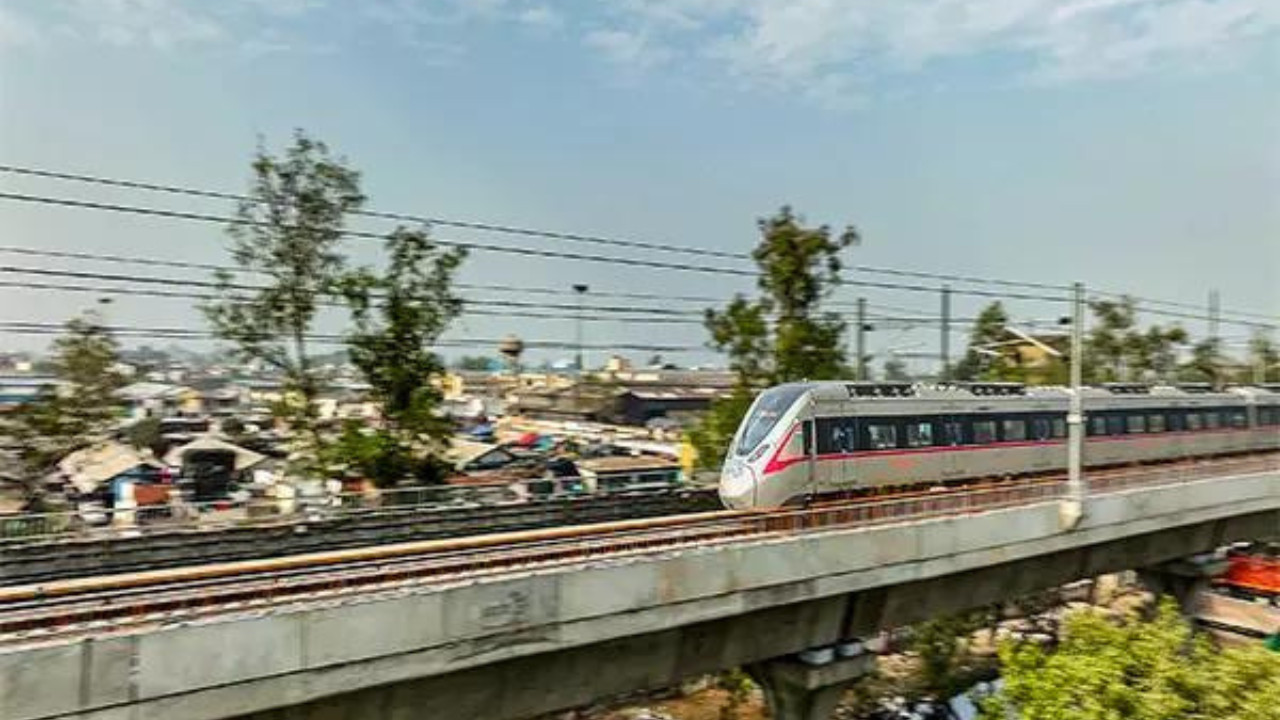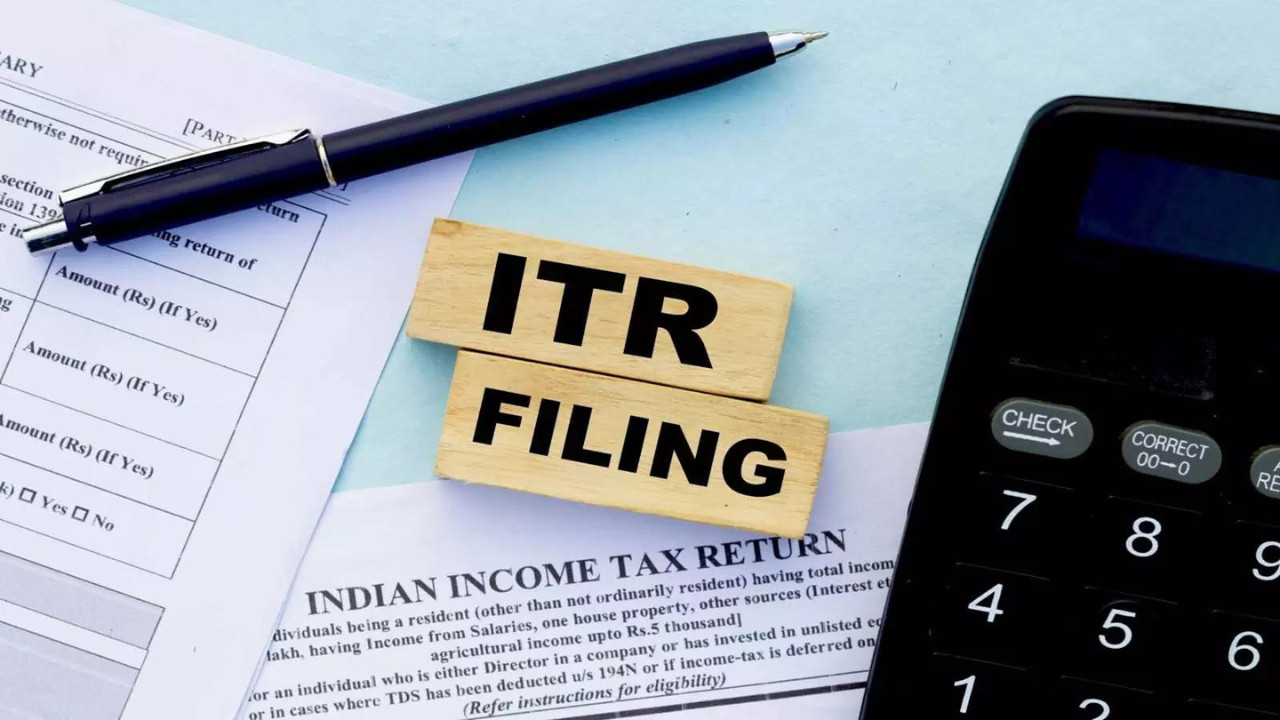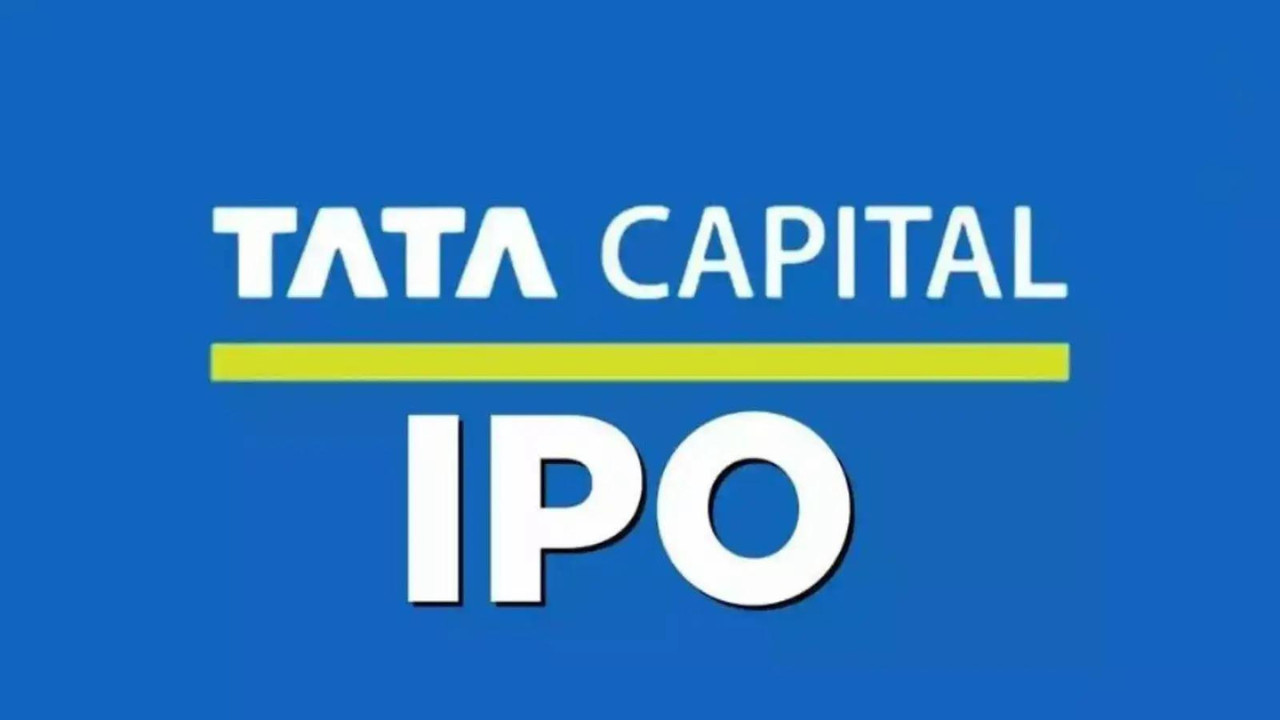NCRTC has initiated electricity procurement through the power exchange for its Ghaziabad RSS, aiming to cut operational costs and boost green energy usage. This move, expected to save around Rs 1 crore annually from a single drawl point, aligns with NCRTC’s goal to source 15% of its power from green sources.
Riding the Rails on Renewable Energy: NCRTC’s Smart Power Play
For years, the rumble of trains has been synonymous with progress, but also with significant energy consumption. Now, the National Capital Region Transport Corporation (NCRTC), the driving force behind India’s ambitious Regional Rapid Transit System (RRTS), is changing the narrative. They’re not just building a modern transportation network; they’re building a sustainable one, starting with a clever move to source power directly from energy exchanges.
Imagine a marketplace, but instead of fruits and vegetables, the commodity is electricity. That’s essentially what NCRTC is tapping into. Instead of relying solely on traditional power distribution companies, they’re venturing into the open market, a move that promises significant cost savings and a greener footprint.

This innovative approach is already taking shape at the Ghaziabad RRTS station, the first drawl point for this exchange-sourced power. By strategically purchasing electricity directly from the exchange, NCRTC anticipates slashing its annual energy bill by a cool ₹1 crore – and that’s just from a single station! It’s a bold step that signals a larger shift in how infrastructure projects are powered in India.
Why Direct Power Sourcing Makes Sense
The benefits of NCRTC’s renewable energy procurement strategy extend beyond mere cost reduction. Here’s a closer look at the advantages:
* Cost Efficiency: Energy exchanges often offer more competitive rates than traditional power distribution agreements. By bypassing the middleman, NCRTC gains access to real-time pricing and can strategically purchase power when it’s cheapest.
* Flexibility: The energy exchange model provides NCRTC with greater flexibility in managing its power needs. They can adjust their consumption based on price fluctuations and even explore sourcing power from renewable energy generators.
* Sustainability: This move opens doors to integrating more renewable energy into their power mix. Energy exchanges often feature green energy options, allowing NCRTC to actively support cleaner energy sources and reduce its carbon emissions.
* Transparency: The exchange platform promotes transparency in pricing and power procurement, ensuring a fair and competitive market.
This initiative isn’t just about saving money; it’s about building a smarter, more sustainable infrastructure for the future. It aligns perfectly with India’s broader goals of increasing renewable energy adoption and reducing its reliance on fossil fuels. Think about the cumulative impact as the entire RRTS network, spanning hundreds of kilometers, transitions to this model. The savings and environmental benefits would be substantial.
The Road Ahead: Expanding the Renewable Energy Network
The Ghaziabad station is just the beginning. NCRTC plans to extend this direct power sourcing model to other stations and facilities along the RRTS corridor. This phased approach allows them to fine-tune their strategy and optimize their power procurement process.
Furthermore, NCRTC is actively exploring partnerships with renewable energy generators to secure long-term power purchase agreements (PPAs). This would provide a stable and predictable source of clean energy, further solidifying their commitment to sustainability. For instance, consider the possibilities of solar power installations at train depots or along the RRTS tracks. The potential for generating clean energy on-site is immense.
This proactive approach to renewable energy underscores NCRTC’s vision of a modern, efficient, and environmentally responsible transportation system. As other infrastructure developers take note, we could see a widespread adoption of direct power sourcing, leading to a significant shift in India’s energy landscape. You can read more about other sustainable transportation initiatives here.
A Model for the Future
NCRTC’s move to source power via energy exchanges is more than just a cost-saving measure; it’s a strategic investment in a sustainable future. It demonstrates that large-scale infrastructure projects can be both economically viable and environmentally responsible. By embracing innovation and leveraging the power of the energy market, NCRTC is setting a new standard for transportation development in India and paving the way for a greener, more efficient future. This shows that even established railway authorities can shift toward renewable energy and create a positive impact.







